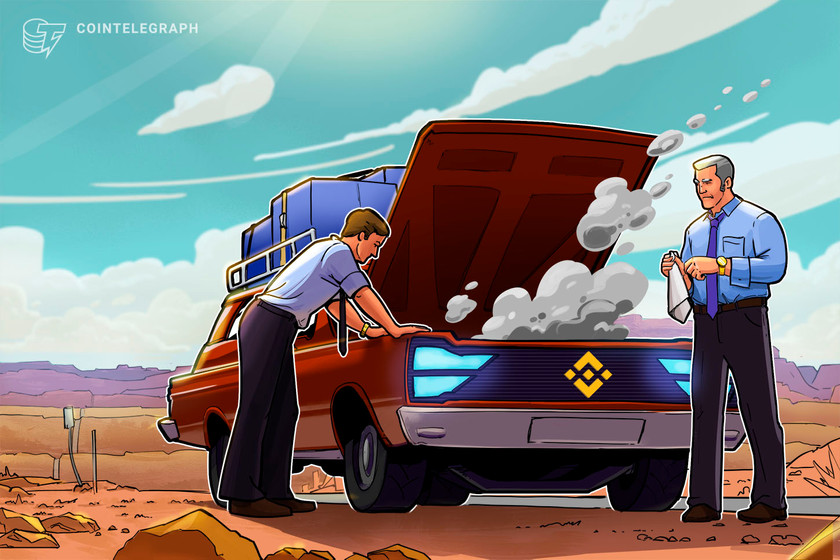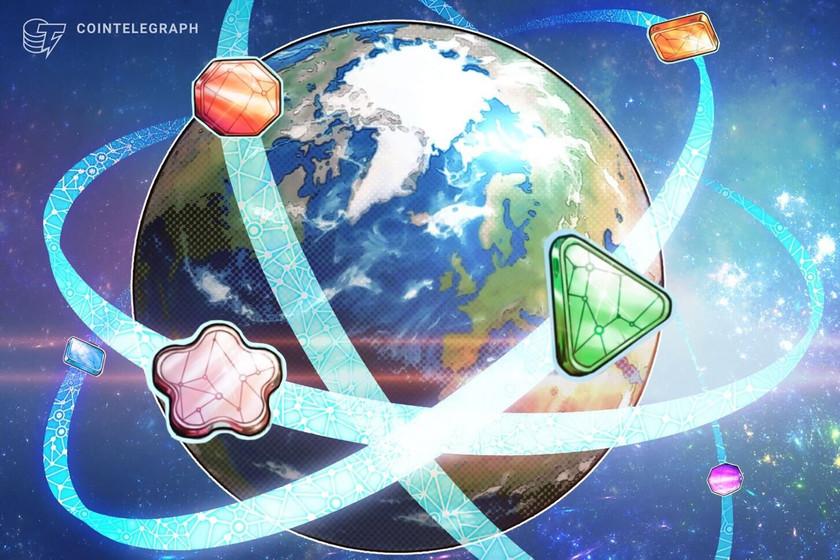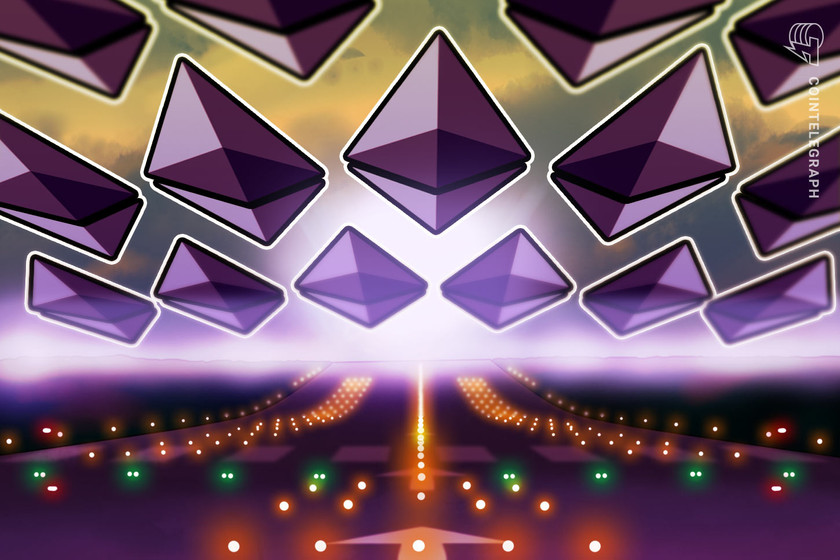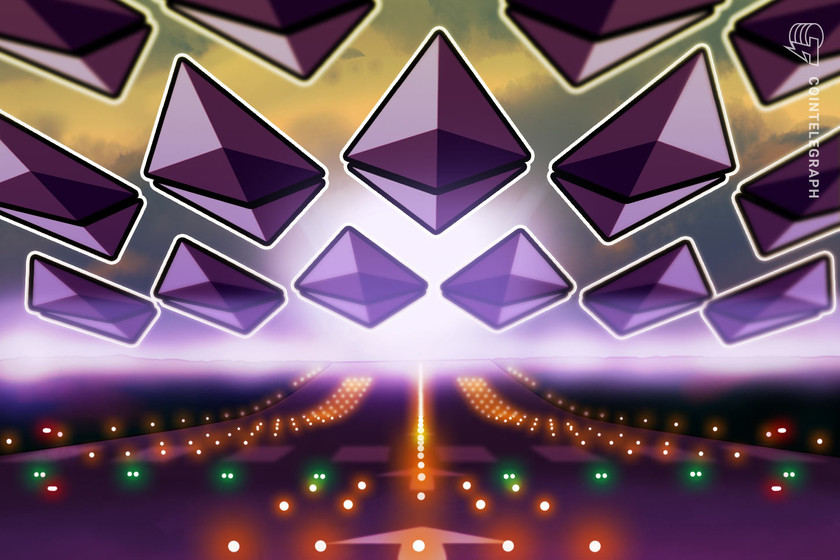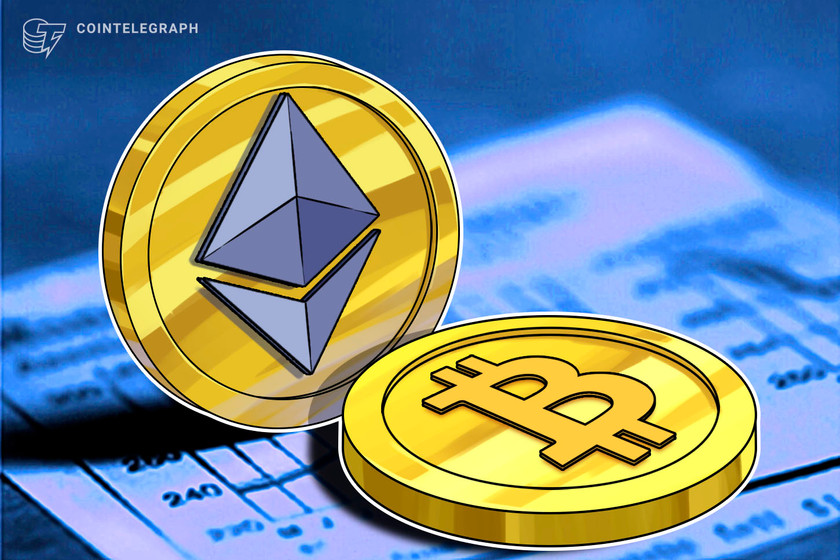OKX NFT Marketplace tops Blur and OpenSea in daily trading volume


OKX NFT Marketplace recorded a 24-hour trading volume of $50 million on Dec. 18, surpassing its competitors in the NFT space.
Crypto exchange OKX’s nonfungible token (NFT) arm surpassed the 24-hour trading volume of other prominent NFT marketplaces like OpenSea, Blur and Magic Eden.
On Dec. 18, the OKX NFT Marketplace recorded a daily trading volume of around $50 million at around 10:00 am UTC, according to decentralized applications (DApp) data tracker DappRadar.
At the time of writing, the platform’s trading volume has dropped to $35 million. However, OKX NFT Marketplace is still ahead of its competitors Blur, Magic Eden and OpenSea, which have a combined 24-hour trading volume of around $24 million.


